What is Hoof Wall Separation Disease?
HWSD is a genetic defect which can occur in the Connemara Pony. It is characterised by a hoof wall that easily breaks and cracks but with a normal appearing coronary band. The breaks and cracks begin to occur in young ponies. Symptoms vary from slightly severe to incredibly severe, in which cases the pony bears their entire weight on the sole of the foot. This is excruciatingly painful and can lead to extreme lameness, and in some cases the ponies have to be euthanised.
HWSD is not a disease or infection a pony can catch, it’s caused by a genetic mutation that is passed down from the parents. In order for a pony to be affected, they must carry two copies of the mutation. Ponies who have only one copy of the mutation do not suffer symptoms, but instead are carriers, meaning that they can pass this gene on to their offspring. It is estimated that around 14.8% of all Connemaras are HWSD carriers.
For more information on HWSD, download the HWSD flyer from this page, or visit the following resources:
- British Equine Veterinary Association (BEVA)
- UC Davis
- Connemara Pony Research into HWSD blog
- Scientific article in PLOS Genetics by Finno et al.
Can part-breds get HWSD?
The short answer is yes. Any part-bred could be a carrier. But depending on the proportion of Connemara in their bloodlines, it is also possible for them to have two copies of the mutation and suffer symptoms. Just as much care needs to be taken with part-breds as with pure-breds.
What are the rules about HWSD?
Thankfully, there is a genetic test that can check whether a pony has both mutations (HWSD/HWSD), is a carrier (N/HWSD) or is negative (N/N). The CPBS has required all foals to be tested for HWSD since 2016 and the BCPS since 2017, and the result must be recorded in the back of the passport.
For more information on registering a foal, please see our New Registrations page. But older ponies can be tested privately. More information on getting your pony tested is in the “Testing your pony” section below.
It is vital that owners and breeders are responsible when it comes to HWSD. Make sure you check the HWSD status of any pony before purchasing it and especially before breeding from it. When taking a mare to stud, be sure that both the mare’s and the stallion’s results are known and taken into account.
HWSD and breeding
HWSD is caused by a recessive gene, which means that a pony needs two copies of the mutated gene to suffer symptoms. When you breed from a pony, it will pass on one of its HWSD-relevant gene copies at random. This means, for example, that if one of the parents suffers from HWSD (HWSD/HWSD), it has no choice but to pass on the mutation, and at best the offspring will be a carrier.
Below is a visual representation of how the recessive HWSD gene can be passed on.
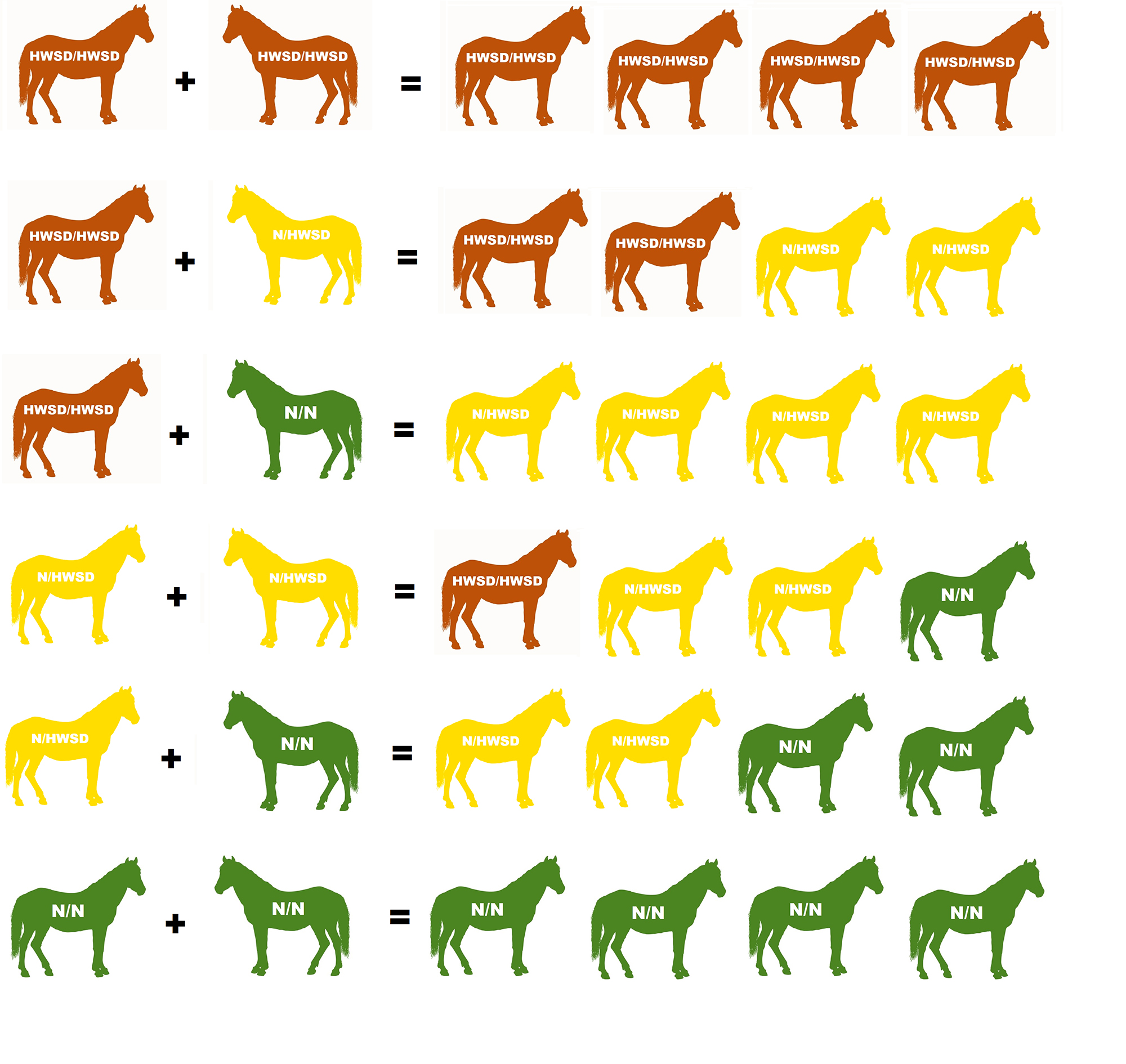
As this infographic shows, testing and careful breeding mean that we need never breed another affected pony again and can actually eradicate this crippling disease from the breed over time. But it is important at the same time that we work to keep the gene pool as large as possible by not reducing breeding options too much.
It is advised not to breed from an affected (HWSD/HWSD) pony. But if you do want to, you must only breed with a negative (N/N) pony as only a carrier (N/HWSD) pony can be produced. It is also recommended that you do not breed two carriers together, as there is a 1-in-4 chance of producing an affected pony.
Please note, that a carrier (N/HWSD) does not have, nor will develop, HWSD. The term simply means that the pony carries one copy of the HWSD gene. It needs two copies of the gene to be affected (HWSD/HWSD).
Testing for HWSD
Testing for HWSD is now part of the process for registering a foal. However, some older ponies are tested through the BCPS or privately, usually as part of a vetting during a transfer of ownership.
Testing through the BCPS
You can organise getting your pony tested by Weatherbys, Ireland through the BCPS Office. The Secretary will send you a tamper-proof sample bag. You should then ask your vet to:
- Identify the pony by microchip (or insert one, if not present) and confirm that the passport corresponds to the pony concerned, using the markings/description if no microchip is present
- Complete the information requested on the sample bag, insert the sample and seal the bag
The sample should then be sent to the Secretary with a cheque for £30 to cover the cost of the test and recorded delivery postage to Weatherbys.
The result will be sent to the BCPS Office for filing, with a copy sent to the owner. Results are confidential and will NOT be published without the owner’s consent.
Turnaround is 4–6 weeks at a minimum from the time the lab receives your sample.
Private testing
Here’s what you need to do in order to get your passport stamped by the BCPS with the result of a private test:
- The hair sample must be taken by a vet
- The vet must fill out the Private Test Form (downloadable from this page)
- The test must be carried out by a recognised laboratory
- You will need to send the pony’s passport along with the Private Test Form to the BCPS Office
- If you have not organised the test through the BCPS Office, you will also need to send a copy of the results certificate
There are three recognised laboratories you can use.
UC Davis, USA
UC Davis is a veterinary genetics laboratory which is a leading researcher into HWSD. A test can be ordered from the UC Davis website.
Turnaround is at least 15 business days.
Animal Genetics, UK
Animal Genetics (UK) is based in Cornwall and offer various testing services. For information on how to order a test from them, visit the Animal Genetics website.
Turnaround is approx 10 days
Weatherbys, Ireland
The BCPS can organise your test with Weatherbys, and this is usually the preferred option. But you are still able to get a test done privately with them. You can order a test through this form on the Weatherbys website.
Turnaround is 4–6 weeks at a minimum from the time the lab receives your sample.
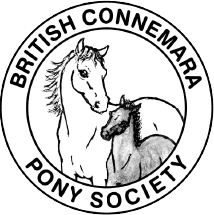
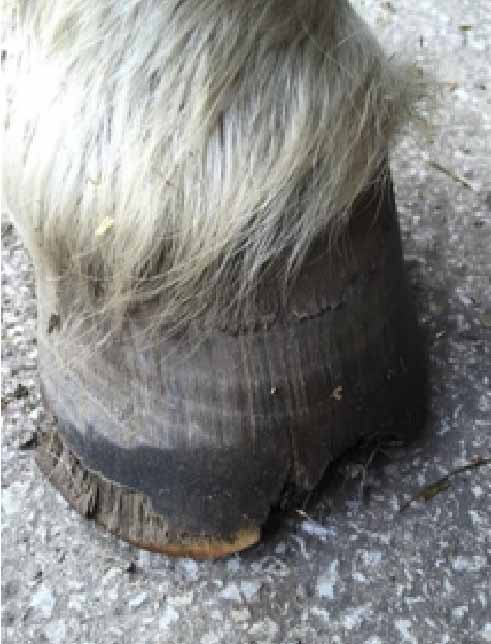
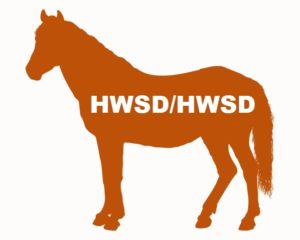
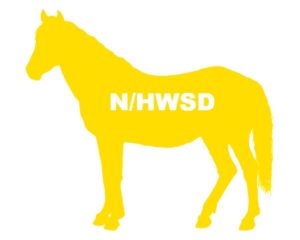
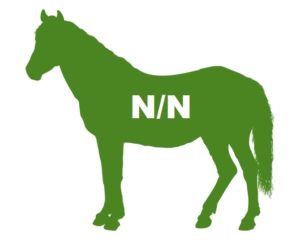
FOLLOW US british.connemara.pony.society
british.connemara.pony.society  @britishconnemaras
@britishconnemaras